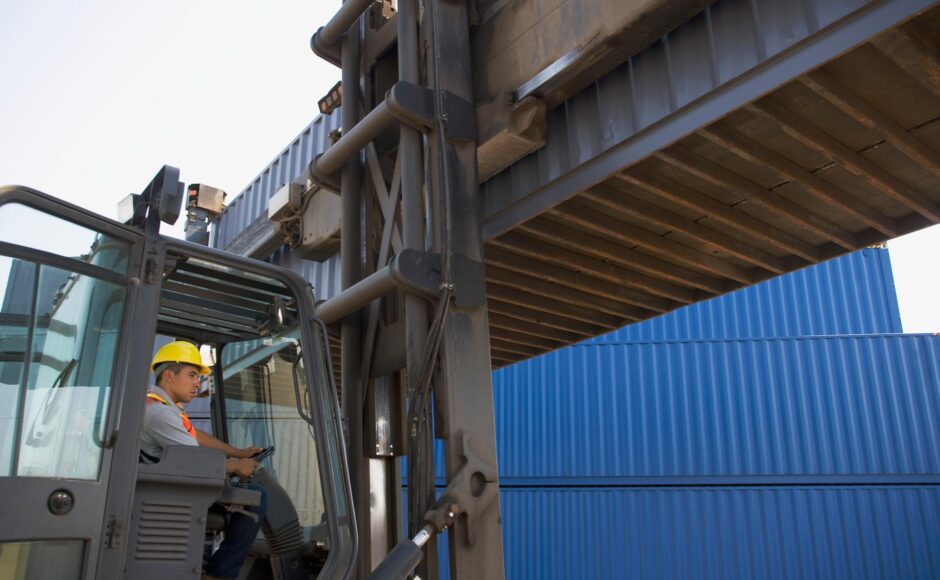There are a number of different industries, sectors, businesses and organisations which require the lifting and moving of shipping containers.
This task can be a daunting one and is not something that should be taken lightly as manoeuvring such large, heavy and often valuable containers safely is the number one priority. There are often pressures on operators to ensure that the containers are moved quickly in order to keep up with demand, but this is where accidents can occur if not properly managed.
Choosing the right container lifting equipment for the job is the key to making sure that the correct methods, tools and techniques are used to keep the containers, their contents and workers safe.
Here we take you through some of the most commonly used lifting equipment to discuss what they are best used for, where they are most suited, as well as their pros and cons.
- Container Lifting Jacks
This is an effective and portable lifting tool which can be used to lift containers in locations with a lower volume. There are multiple different models available with varying lifting capabilities but the weights range from 32,000 kg (70,000 lb).
Advantages
- Can handle all container types
- Cost effective
- Portable
- Suitable for tight spaces
- Can lift heavy weights
Disadvantages
- Cannot be used to stack containers
- Does not move them around the site
- Gantry Cranes
These are huge cranes that are situated dockside and used to load and unload containers from ships. They are fixed to one location but capable of moving up and down the dock. They are very expensive but quick and efficient for busy ports with a high turnover.
Advantages
- Can be used for lifting, moving and stacking containers
- Capable of handling high volumes
- Fast and efficient
Disadvantages
- Expensive to buy
- Limited to use on one site
- Installation and maintenance can be costly
- Reach Stackers
These can lift and move heavy containers around sites as well as stack them and transfer them between the ground and rail wagons or chassis. They can be operated from the driver’s seat without the need for ground personnel.
Advantages
- Suitable for lifting, moving and stacking heavy containers
- Automated
- Fast turnaround
Disadvantages
- Expensive to buy and maintain
- Although they are mobile, they are limited to use on a single site
- Lifting Frames and Beams
Lifting frames and beams are used in conjunction with container lifting equipment such as cranes to properly control the load, distribute the weight evenly and ensure that the container doesn’t tip, slide, bend sag or shift or sag.
Advantages
- Reduce the chance of incidents
- Ideal for heavy loads
- Can handle unbalanced loads
Disadvantages
- Tag lines can be required to prevent spinning
- Can be expensive
- Forklift
Widely used and versatile, forklifts are an essential piece of equipment commonly used for warehousing, construction and manufacturing operations. High-capacity forklifts are capable of lifting and moving lightweight or empty containers over short distances but their use is limited.
Advantages
- Easy to use
- Cost effective
- Multipurpose
- Mobile
Disadvantages
- Can only move one at a time
- Not suitable for heavy loads
- Can be dangerous if weight is spread unevenly


